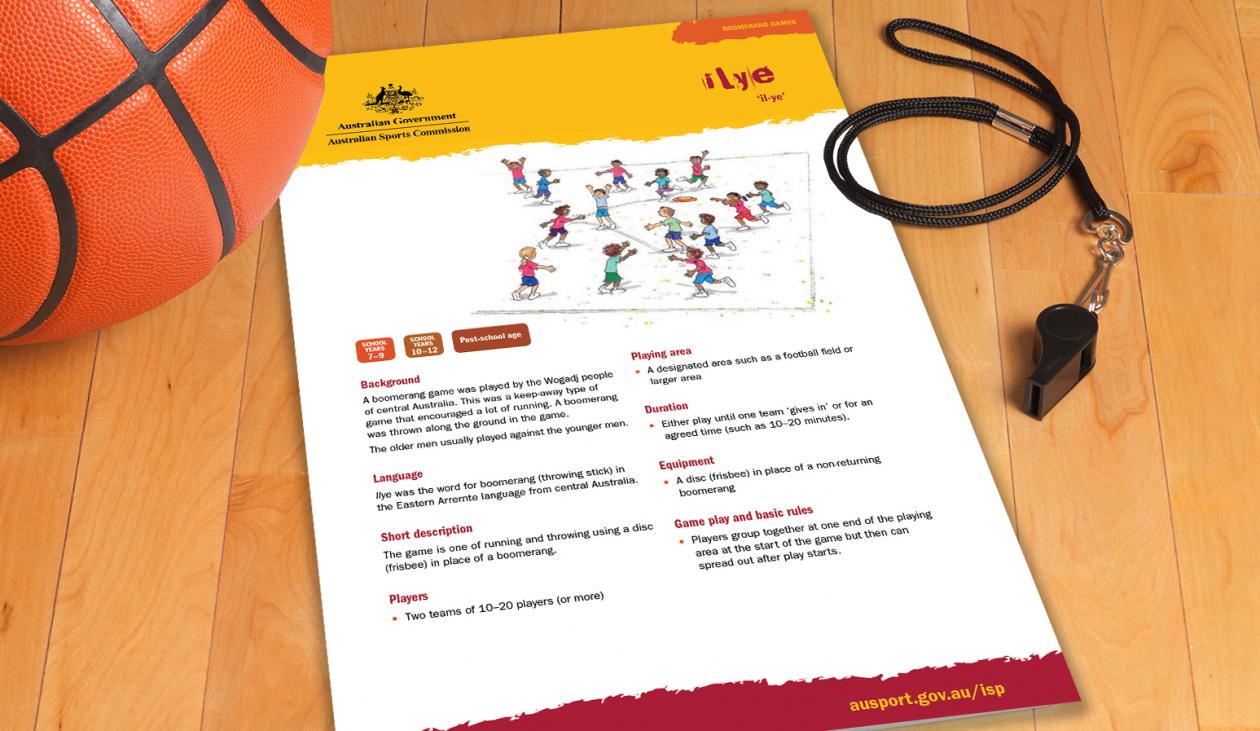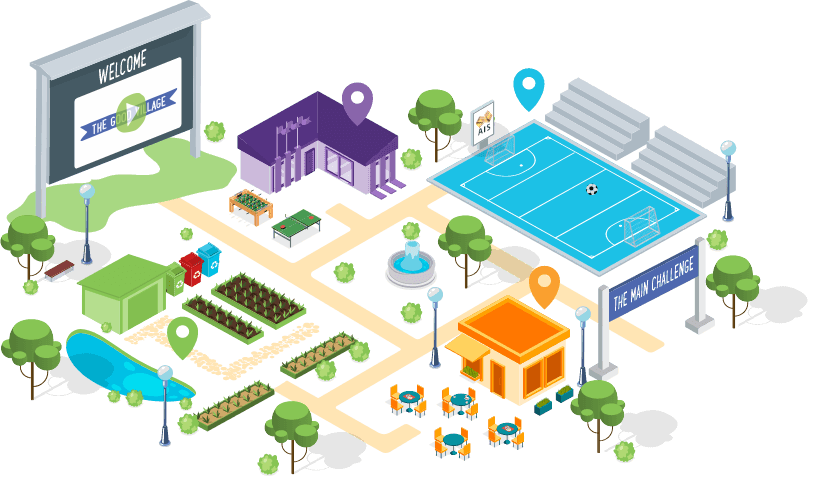Activity 5
Indigenous Games and Physical Education
Ingenious Games
This lesson plan focuses on introducing students to traditional Indigenous games, utilising them as engaging tools for teaching physical education while connecting them to the rich cultural heritage of Aboriginal and Torres Strait Islander peoples. Students will actively engage with various traditional games, learning about their historical significance and exploring how these activities promote physical health and community well-being. This approach enriches physical education outcomes in the Australian curriculum while deepening students' appreciation of the historical and cultural contexts of these traditional games and their continuing importance today.
Learning Objectives of Exploring Indigenous Games
Level 1
Investigate how sports and games can look in different cultures.
Level 2
Analyse how different sports and games can vary based on culture, location and time.
Australian Curriculum Physical Education Links
- Describe and implement strategies to value diversity in their communities (AC9HP6P05)
- Refine and apply fundamental movement skills in new movement situations (AC9HP4M01)
- Apply and adapt movement strategies to achieve movement outcomes (AC9HP4M02)
- Adapt and modify movement skills across a variety of situations (AC9HP6M01) Transfer familiar movement strategies to different movement situations (AC9HP6M02)
Teacher Material Needed
- Large space
- Various sports equipment: see game cards for details
- Smart Notebook, Powerpoint, Canva for Classrooms or similar
Introducing Indigenous Games in Physical Education
- Start your normal physical education lesson with a warm-up. Talk with students about how important it is to prepare our bodies for movement in safe ways.
- Depending on the age and abilities of your students, and the level of adult support at your disposal, you may choose to do the traditional Aboriginal games below either as a whole class or in smaller groups as a carousel, or over more than one session.
Learning Activity 1: Exploring Indigenous Games
- Explore the Yulunga Indigenous Games cards and notice that some of the featured games use equipment, where others do not. Facilitate a discussion about the similarities and differences between these traditional Indigenous games and the sports and games students are familiar with.
- Play through a selection or all the Indigenous games.
- In small groups or individually, challenge students to research sports and physical games played around the world and across time.
- When students have their findings, facilitate a discussion about the common elements in the sports and physical games they have found, any similar equipment, or the evolution of equipment, and variations in rules.
- Using Smart Notebook, Powerpoint or Canva for Classrooms, create an interactive map of the world for others to learn more about physical games and sports played by different cultures.
- Publish this on your school blog or website to educate your school or local community.
Lesson Wrap-Up and Reflection on Indigenous Games
- Review your class interactive map and identify the main themes of sports and traditional games that span geographically, and (if necessary) over time.
- Facilitate a discussion on why these themes might exist and what events might influence variations.
- In groups, challenge students to choose an unfamiliar sport or a traditional Indigenous game from their research and reframe it into their own culture. How might this sport look if we played it at school?
- Discuss whether and how student’s chosen physical games and sports might need to be adjusted.
Indigenous Games and Physical Education
Indigenous Games and Physical Education


